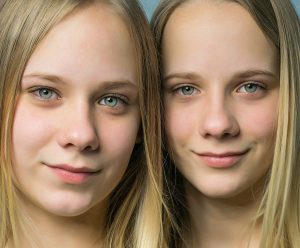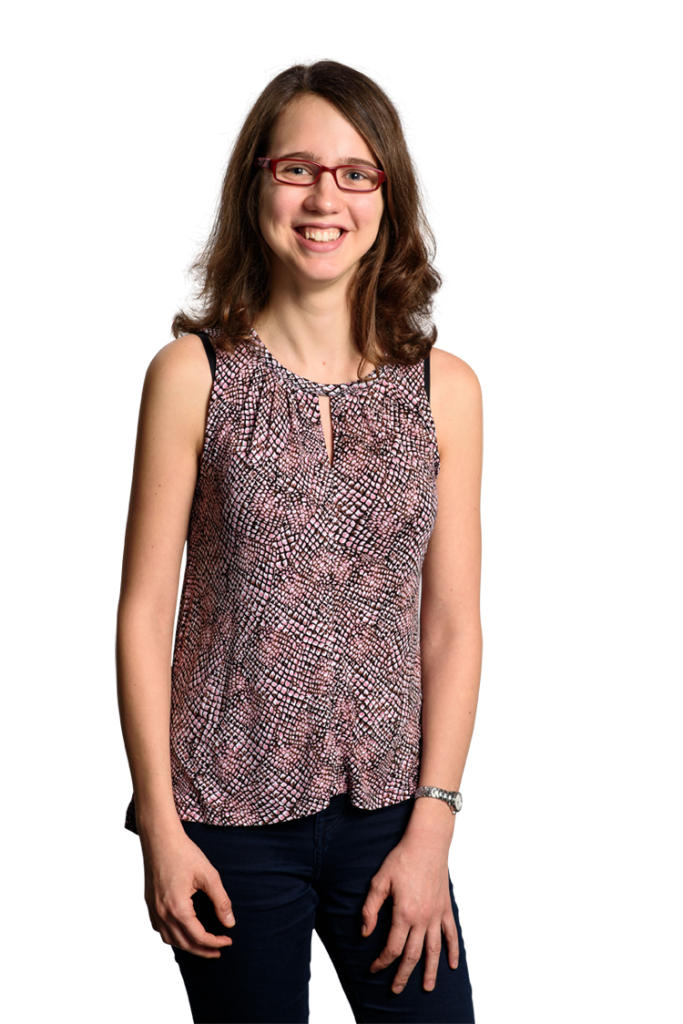Watching cat videos can give you a Nobel Prize.
Well, Ig Nobel, to be precise, but still sounds impressive. That’s what I learned thanks to our Graduate School.
I just came back from the Ig Nobel Award Tour Show 2018 hosted annually by Imperial. Ig Nobels are awarded every year at Harvard University by actual Nobel laureates. The only criterion is: the research first makes us laugh, and than think.
Having attended the show last year, I suffered from a stomach pain after laughing too much. The “goat man”, Ig Nobel prize winner in Biology who decided to become a goat for a few days, still makes me giggle. However, later I really started to think. What were his motives? Could I survive such an experiment? How would it go with a different animal? (I know a person who’d like to become a raccoon. Ig Nobel 2018?)
Needless to say that as soon as the tickets were released this year, I grabbed one. Good move, the Great Hall was full tonight. Marc Abrahams, the founder of Ig Nobel Prize ceremony, made sure everyone had a great time and learned something as well. After introducing us to laureates of 2017, he invited to the stage four special guests.
First we could listen to Charles Foster, who won the Biology Prize for “living in the wild as, at different times, a badger, an otter, a deer, a fox, and a bird”. He looked fine, in case you’re wondering, I’m more worried about his eight-year-old son who joined him underground to eat earthworms as a badger…

The second speaker was Matteo Martini. He had been honoured with the Cognition Prize (yes, Ig Nobel categories don’t necessarily overlap with Nobel Prizes) for “demonstrating that many identical twins cannot tell themselves apart visually”. Basically, apparently identical twins struggle to distinguish between pictures of themselves and their siblings. It was suggested by the audience that it might have to do with the fact that most of study participants were Italian; and we all know what a weird nation it is (I’m just reporting, it doesn’t reflect my own views 😉 Martini didn’t comment on that. On a side note, as a statistician I cringed when I saw one of his plots as the authors managed to fit a straight line to a scatter plot that resembled more a strawberry. Or an elephant. Or my ear. Well, I’m not an expert.
Next on the stage we had Tom Williamson, whose website http://wisdomofchopra.com/ provided some priceless data for the Ig Nobel Prize winning research “On the reception and detection of pseudo-profound bullshit“. Williamson, asked if his talk was pseudo-profound bullshit, said that we should just trust him. Mr Williamson, we’re scientists, we don’t “just trust”. Data, please! I highly recommend reading the paper.

Finally we met Marc-Antoine Fardin, a physist who won the Physics Prize for “using fluid dynamics to probe the question Can a Cat Be Both a Solid and a Liquid?”. Apparenlty he had been inspired by scrolling through Bored Panda and asked himself a question: if cats can maintain a fixed volume but adapt to the shape of its container, are they still solid or rather liquid? If you don’t believe, try to put your cat in a jar. Or a box. No, I take it back, I don’t support experiments on animals. What I learned from this 10-minute talk (scrupulously timed by a meowing gentelmen in a tie) is that the issue hasn’t been resolved, questions include the potential implications of the rheology of cats on their righting reflex, and whether the nonlinear self-sustaining mechanism for turbulence in pipe is applicable to streaks of tigers (Fardin, 2014). And that if my supervisor catches me watching cat videos at work, I can calmly respond that I’m doing research. If I ever get a Nobel Prize (Ig or non-Ig), she’d regret telling me off for that.
I’m already looking forward the Ig Nobel Award Tour Show 2019. You should be too!
One comment for “Nobels, cats and some pseudo-profound bull****”
Comments are closed.




Thank you for such a comprehensive summary given so succinctly.